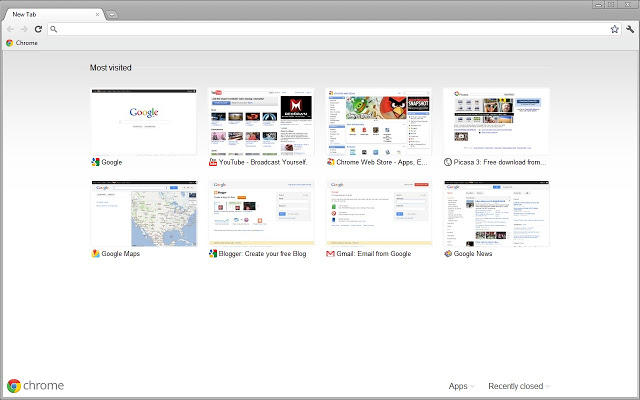
Variants of certified models might have unexpected issues.Google only guarantees ChromeOS Flex functionality on certified models.Windows, Mac, or Linux device to install ChromeOS Flex on-your target device.Find out more in Known issues.Īll contents on the USB drive will be erased. From time to time, Sandisk or other USB drives might not work as installers.


Device to create the USB installer-The device that you use to create your USB installer can be different to the device you plan to install ChromeOS Flex on.ChromeOS Flex differs from ChromeOS- Learn about the differences between ChromeOS Flex and ChromeOS.For information about certification end dates as well as supported and unsupported features, see About ChromeOS Flex certified models.For a full list of certified devices, see Certified models list.While ChromeOS Flex might work on non-certified devices, we do not guarantee performance, functionality, or stability. Check to see if your device models are certified-Google regularly tests, maintains, and certifies ChromeOS Flex features and functionality on many individual models.Line 114 appears to be missing the $ character before the "latestversion" variable name - as it stands this writes "Latest version of Google Chrome: latestVersion" to the log file for me.Ĭurrently: logcomment "Latest version of Google Chrome: latestVersion"įixed: logcomment "Latest version of Google Chrome: $latestVersion"Įdit - maybe this line is redundant and just needs to be removed though, on second look line 116 seems to be writing the same info to the log? (I had originally assumed one was outputting installed version and one available.As an admin, you can install ChromeOS Flex on Windows, Mac, or Linux devices so your users can get many of the features that are available on ChromeOS devices. Recalculate the SHA 256 checksum and try again. # install the download if checksum validates Quit Chrome and try again.\" buttons ' )Įcho "Checksum for downloaded file: $downloadChecksum "

# theCommand="display dialog \"Google Chrome app is currently running. # uncomment the next two lines if running this script in Jamf Pro Self Service # check whether application process is runningĬheck= $( /usr/bin/pgrep " $processName " )ĬurrentUser= $( /usr/bin/stat -f "%Su " /dev/console )


 0 kommentar(er)
0 kommentar(er)
